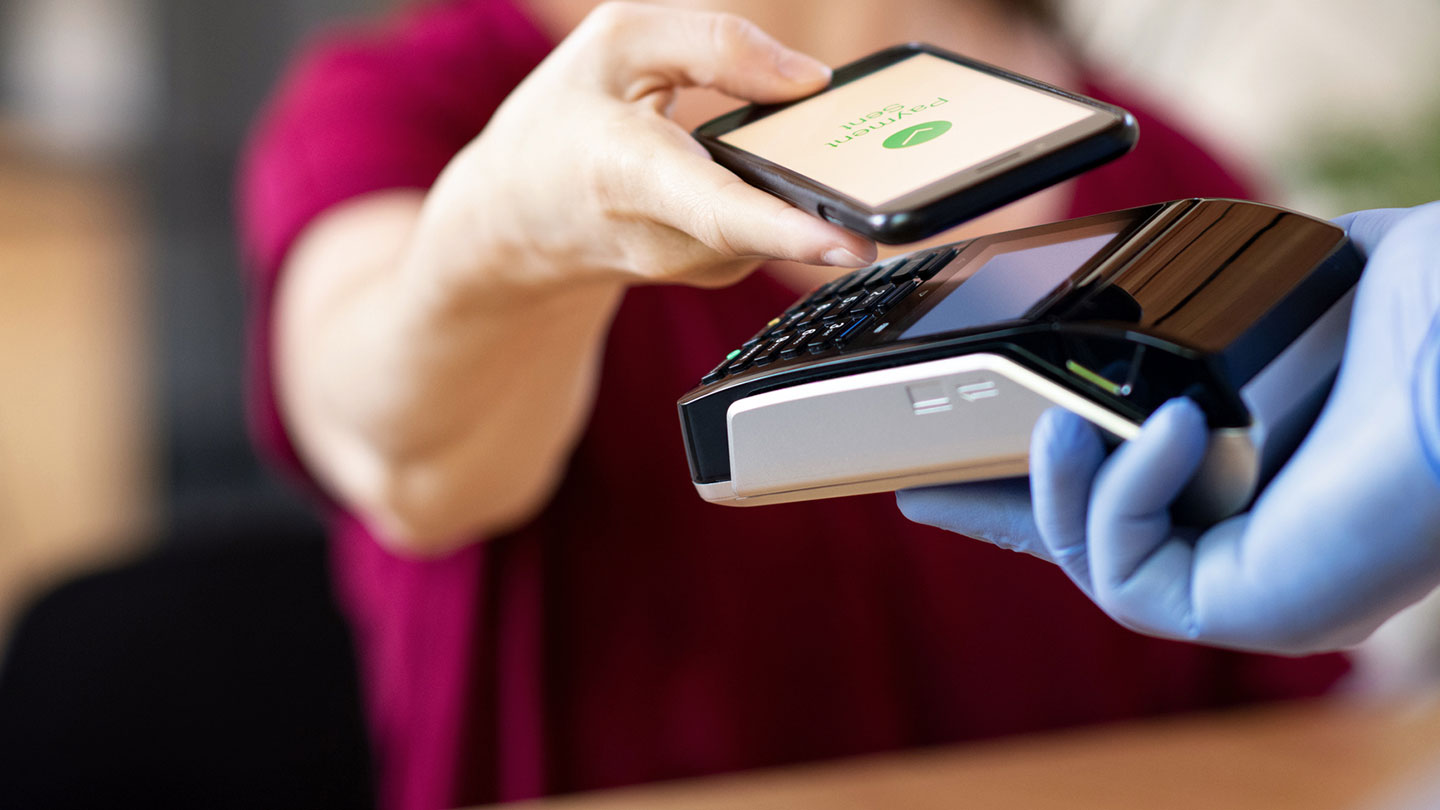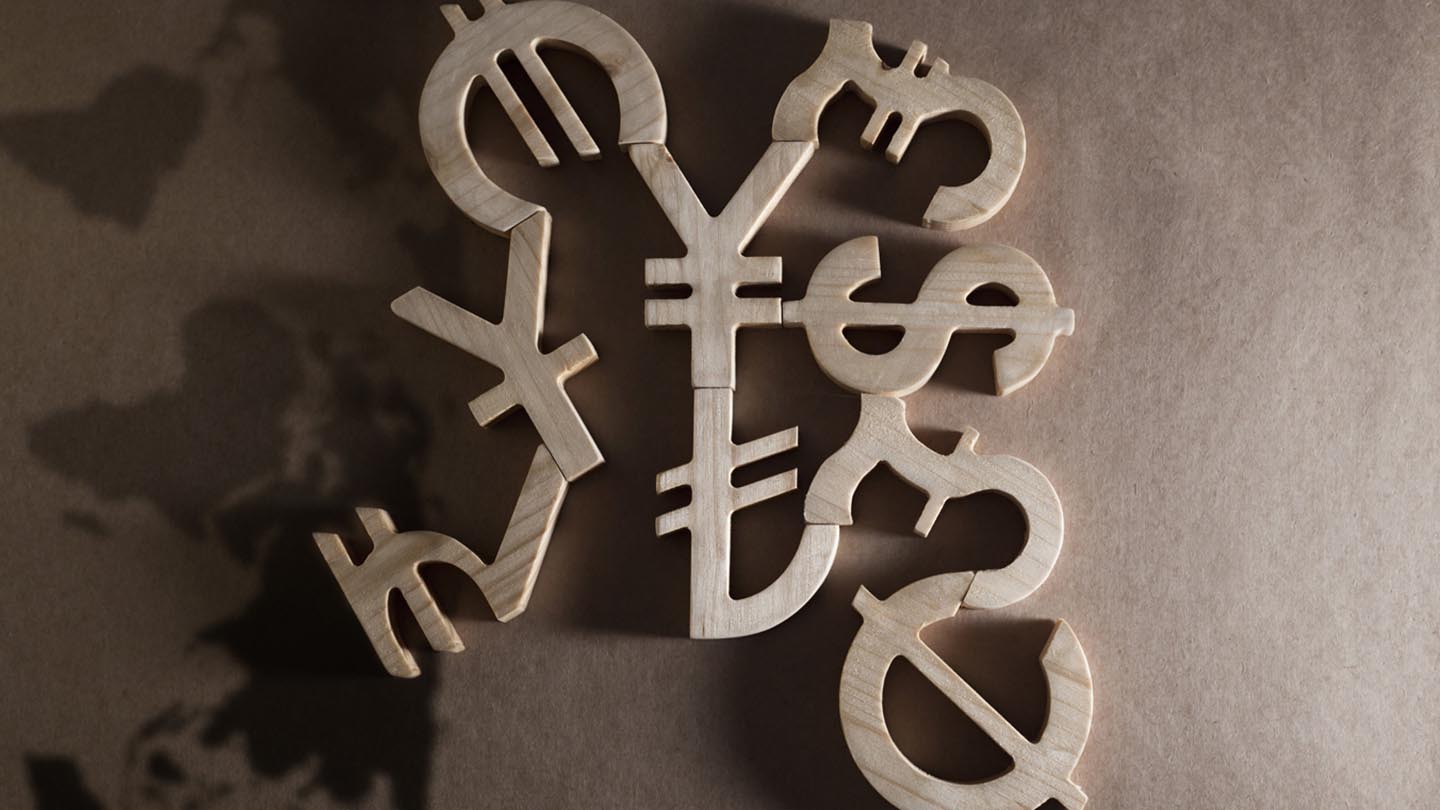From startups to legacy brands, you're making your mark. We're here to help.
-
Innovation Economy
Fueling the success of early-stage startups, venture-backed and high-growth companies.
-
Midsize Businesses
Keep your company growing with custom banking solutions for middle market businesses and specialized industries.
-
Large Corporations
Innovative banking solutions tailored to corporations and specialized industries.
-
Commercial Real Estate
Capitalize on opportunities and prepare for challenges throughout the real estate cycle.
-
Impact Banking & Advisory
When our communities succeed, we all succeed. Local businesses, organizations and community institutions need capital, expertise and connections to thrive.
-
International Banking
Power your business' global growth and operations at every stage.
Key Links
Prepare for future growth with customized loan services, succession planning and capital for business equipment.
-
Asset Based Lending
Enhance your liquidity and gain the flexibility to capitalize on growth opportunities.
-
Equipment Financing
Maximize working capital with flexible equipment and technology financing.
-
Trade & Working Capital
Experience our market-leading supply chain finance solutions that help buyers and suppliers meet their working capital, risk mitigation and cash flow objectives.
-
Syndicated Financing
Leverage customized loan syndication services from a dedicated resource.
-
Commercial Real Estate
Capitalize on opportunities and prepare for challenges throughout the real estate cycle.
-
Employee Stock Ownership Plans
Plan for your business’s future—and your employees’ futures too—with objective advice and financing.
Key Links
Serving the world's largest corporate clients and institutional investors, we support the entire investment cycle with market-leading research, analytics, execution and investor services.
-
Institutional Investors
Putting your long-tenured investment teams on the line to earn the trust of institutional investors.
-
Markets
Direct access to market leading liquidity harnessed through world-class research, tools, data and analytics.
-
Prime Services
Helping hedge funds, asset managers and institutional investors meet the demands of a rapidly evolving market.
-
Global Research
Leveraging cutting-edge technology and innovative tools to bring clients industry-leading analysis and investment advice.
-
Securities Services Solutions
Helping institutional investors, traditional and alternative asset and fund managers, broker dealers and equity issuers meet the demands of changing markets.
Key Links
Providing investment banking solutions, including mergers and acquisitions, capital raising and risk management, for a broad range of corporations, institutions and governments.
-
Center for Carbon Transition
J.P. Morgan’s center of excellence that provides clients the data and firmwide expertise needed to navigate the challenges of transitioning to a low-carbon future.
-
Corporate Finance Advisory
Corporate Finance Advisory (“CFA”) is a global, multi-disciplinary solutions team specializing in structured M&A and capital markets. Learn more.
-
Development Finance Institution
Financing opportunities with anticipated development impact in emerging economies.
-
Sustainable Solutions
Offering ESG-related advisory and coordinating the firm's EMEA coverage of clients in emerging green economy sectors.
-
Mergers and Acquisitions
Bespoke M&A solutions on a global scale.
-
Capital Markets
Holistic coverage across capital markets.
Your partner for commerce, receivables, cross-currency, working capital, blockchain, liquidity and more.
Key Links
A uniquely elevated private banking experience shaped around you.
-
Banking
We have extensive personal and business banking resources that are fine-tuned to your specific needs.
-
Investing
We deliver tailored investing guidance and access to unique investment opportunities from world-class specialists.
-
Lending
We take a strategic approach to lending, working with you to craft the right financing solutions matched to your goals.
-
Planning
No matter where you are in your life, or how complex your needs might be, we’re ready to provide a tailored approach to helping your reach your goals.
Whether you want to invest on your own or work with an advisor to design a personalized investment strategy, we have opportunities for every investor.
-
Invest on your own
Unlimited $0 commission-free online stock, ETF and options trades with access to powerful tools to research, trade and manage your investments.
-
Work with our advisors
When you work with our advisors, you'll get a personalized financial strategy and investment portfolio built around your unique goals-backed by our industry-leading expertise.
-
Expertise for Substantial Wealth
Our Wealth Advisors & Wealth Partners leverage their experience and robust firm resources to deliver highly-personalized, comprehensive solutions across Banking, Lending, Investing, and Wealth Planning.
Explore a variety of insights.
Key Links
Insights by Topic
Explore a variety of insights organized by different topics.
Key Links
Insights by Type
Explore a variety of insights organized by different types of content and media.
Key Links
We aim to be the most respected financial services firm in the world, serving corporations and individuals in more than 100 countries.
Key Links
- Insights
- Payments
- Payment Trends & Innovation
- The hospital of the future: Contactless payments, happy patients

By Kerry Jessani
Head of Healthcare, Higher Education & Not-for-Profit at J.P. Morgan Commercial Banking, Middle Market Banking & Specialized Industries
By Deirdre Ruttle
Chief Marketing Officer of Instamed and Head of Wholesale Payments Healthcare Marketing
By Kerry Jessani , Deirdre Ruttle
The COVID-19 pandemic accelerated contactless payments everywhere—from coffee shops to grocery stores to big box retailers and beyond.
Many hospitals upgraded their systems as well to meet overwhelming consumer demand for electronic payments. According to InstaMed’s Trends in Healthcare Payments 11th Annual Report, 85% of consumers prefer an electronic payment method for medical bills, and 78% want all contactless healthcare options to remain in the future.
For hospitals that have made the switch to contactless payments, the benefits have been noteworthy. Boston Children’s Hospital, for example, adopted a cashless payments strategy in 2018 through its partnership with InstaMed, a J.P. Morgan company. Since then, the hospital has seen a 93% increase in copay collection and a 17% reduction in refunds—and 60% of payments are now captured during the patient visit.
As healthcare payments continue to evolve, here are four things hospital leaders should consider when updating their operations.
The future is already here
Contactless payments are popular for a simple reason: They work. And now that millions of people have used the technology—and have experienced how easy it is to pay for goods and services—there’s no turning back. The vast majority of people want to use contactless payments for as many transactions as possible.
If healthcare providers don’t upgrade their payment systems, they run a real risk of their patients going elsewhere. According to the Trends in Healthcare Payments 11th Annual Report, 56% of consumers would consider switching providers for a better healthcare payments experience.
Hospitals need to respond now to this changing payments landscape. Failure to do so could affect their bottom lines, which in turn could affect how well they can serve their communities.
It’s ok to work in phases
Hospital systems are large organizations with thousands of employees and multiple technology platforms—often spread out over several locations. But large hospitals shouldn’t be scared off by the size of the project.
Instead of using a “big bang” philosophy that changes everything at once, hospitals should consider taking a phased approach. They could update the payment experience in their emergency department first, for instance, before moving on to outpatient clinics and specialty areas.
Another way to look at phases is to “be the patient.” Hospitals can map out all of the patient experience interactions—from scheduling appointments to checking in at the facility to receiving a bill—to find the pain points in the system. Then they’ll know exactly where to focus their resources.
Who’s on your team?
Switching to a contactless payment system is typically a cross-functional project. It includes teams from finance and information technology, as well as patient experience stakeholders and executive sponsors. As hospital leaders evaluate the scope of the project, it’s important that they understand each team’s role and what everyone brings to the table.
A few key questions to consider: How will you handle cybersecurity, both for payments and patient records? Who will integrate the new payment system into the existing healthcare IT system? And do you truly understand the patient and staff experience, especially for those who work in finance or interact directly with patients?
Knowing the answers to these questions should make the transition much easier.
The transformed CFO
Over the past few years, CFOs in all sectors have taken on more strategic roles. They’re no longer passive financial gatekeepers who only look at the bottom line. They’re now heavily involved in every aspect of the business.
Hospital CFOs are no exception. The best in the industry are constantly looking for ways to improve the patient experience while also finding efficiencies in their operations. They’re tech-savvy and understand data, and they can work with teams from different departments to drive change.
Going forward, that strategic role will only grow bigger. Hospital CFOs will be asked to do more than ever before. But that expanded role also will bring an opportunity to provide patients with the payment options they demand.
Navigating it all
The healthcare industry is undergoing rapid change. How payments are processed five years from now may be vastly different from how they’re processed today.
Ideally, over the next few years, contactless payments at hospitals will be as common as they are in retail stores across the country. They’re everywhere—and people love them.
At J.P. Morgan, we have experience in the sector, and we can help hospitals and healthcare organizations navigate the ever-shifting healthcare landscape.
Visit the InstaMed website to learn how hospitals can benefit by switching to contactless payments.
© 2021 JPMorgan Chase & Co. All rights reserved. JPMorgan Chase Bank, N.A. Member FDIC. Visit jpmorgan.com/cb-disclaimer for disclosures and disclaimers related to this content.
Related insights

Payments
Plan for the holiday season ahead: How shoppers are redefining retail expectations
Nov 21, 2025
Recent Customer Insights data shows Gen Z is driving new trends in retail, payment preferences and omnichannel shopping. Retailers who adapt to these evolving habits may be better positioned to benefit from future spending this holiday season.

Payments
Bridging the gap: G20's vision for inclusive and efficient global payments
Nov 18, 2025
The G20 and Financial Stability Board, supported by key industry players like J.P. Morgan, are focused on improving cross-border payments by making them faster, cheaper, more transparent and more accessible.

Payments
JDS Industries unlocks 10% savings and 50% faster processing with J.P. Morgan
Nov 05, 2025
Discover how JDS Industries leveraged J.P. Morgan Commerce Solutions to streamline operations and drive strategic growth.

Payments
Fintech partnership and operational strategy guide
Oct 24, 2025
Download our e-book to better understand fintech challenges through institutional banking expertise and strategic frameworks.

Payments
Driving advanced cross-currency payments for financial institutions
Oct 23, 2025
Rethink the way you do cross-border business with Xpedite, an innovative global solution from J.P. Morgan Payments.

Payments
Managing operational complexity in digital commerce
Oct 23, 2025
Learn how unified payment solutions reduce costs, prevent fraud and create seamless customer experiences that drive loyalty.

Payments
Global wires payments formatting requirements guide
Your guide to making cross-currency payments.

Payments
Cross-border liquidity optimizes global cash consolidation in Saudi Arabia
Sep 24, 2025
J.P. Morgan Payments provides solutions to help streamline cross-border payment systems, facilitate international trade and enable liquidity optimization opportunities across Saudi Arabia.
You're now leaving J.P. Morgan
J.P. Morgan’s website and/or mobile terms, privacy and security policies don’t apply to the site or app you're about to visit. Please review its terms, privacy and security policies to see how they apply to you. J.P. Morgan isn’t responsible for (and doesn’t provide) any products, services or content at this third-party site or app, except for products and services that explicitly carry the J.P. Morgan name.